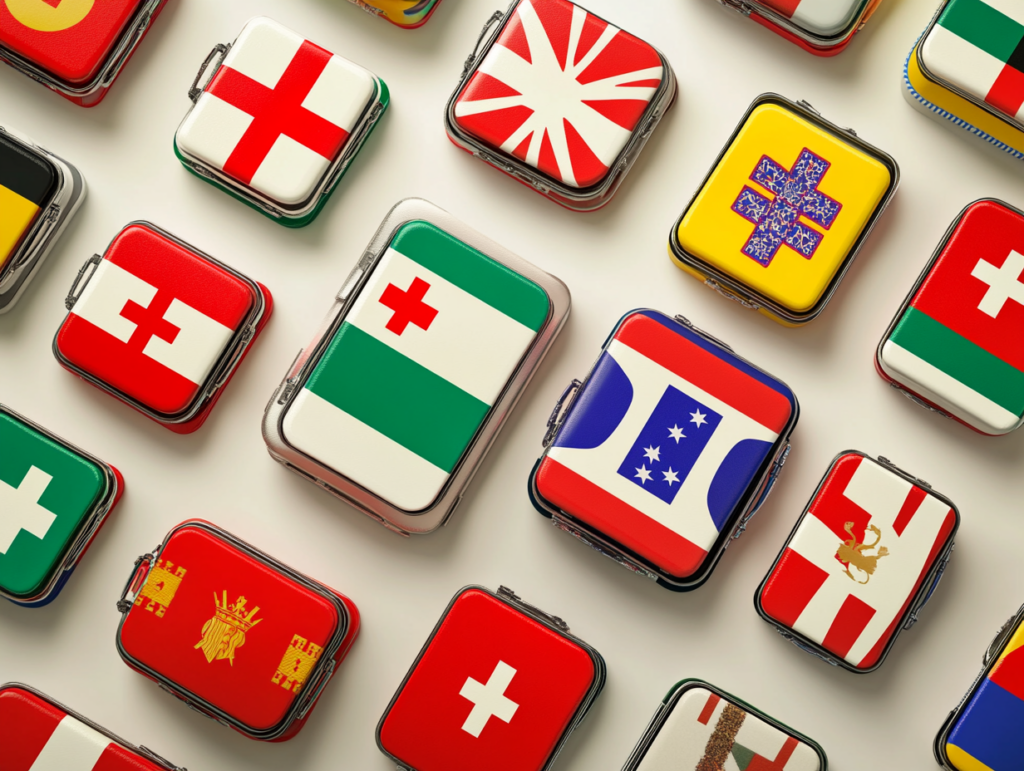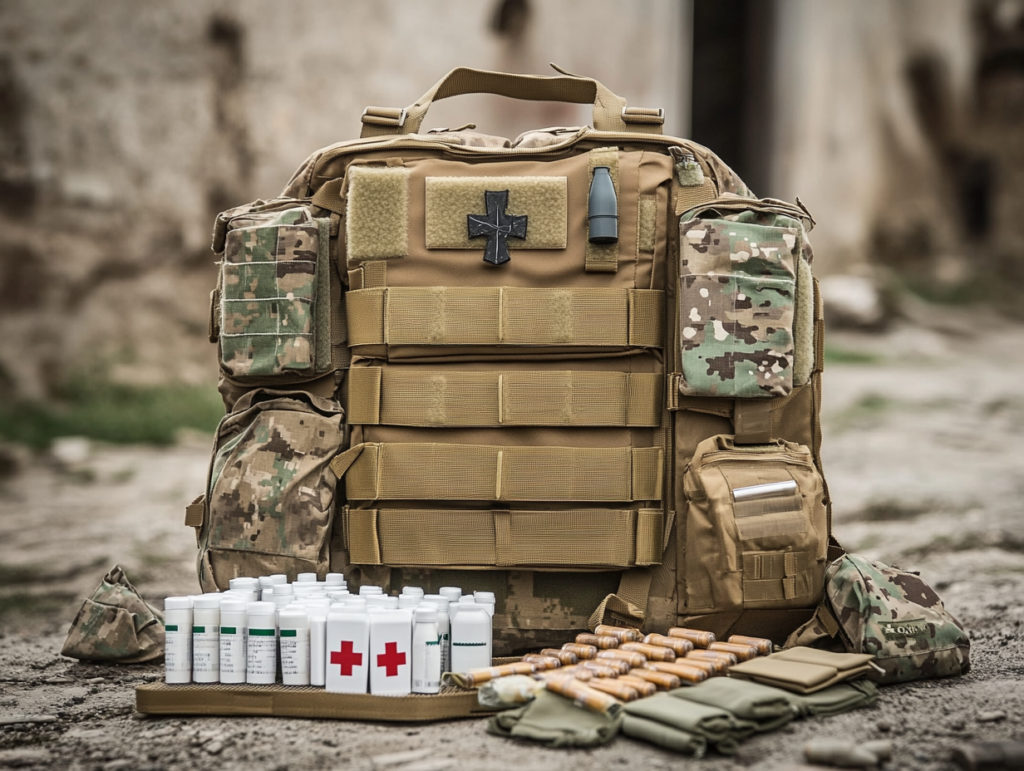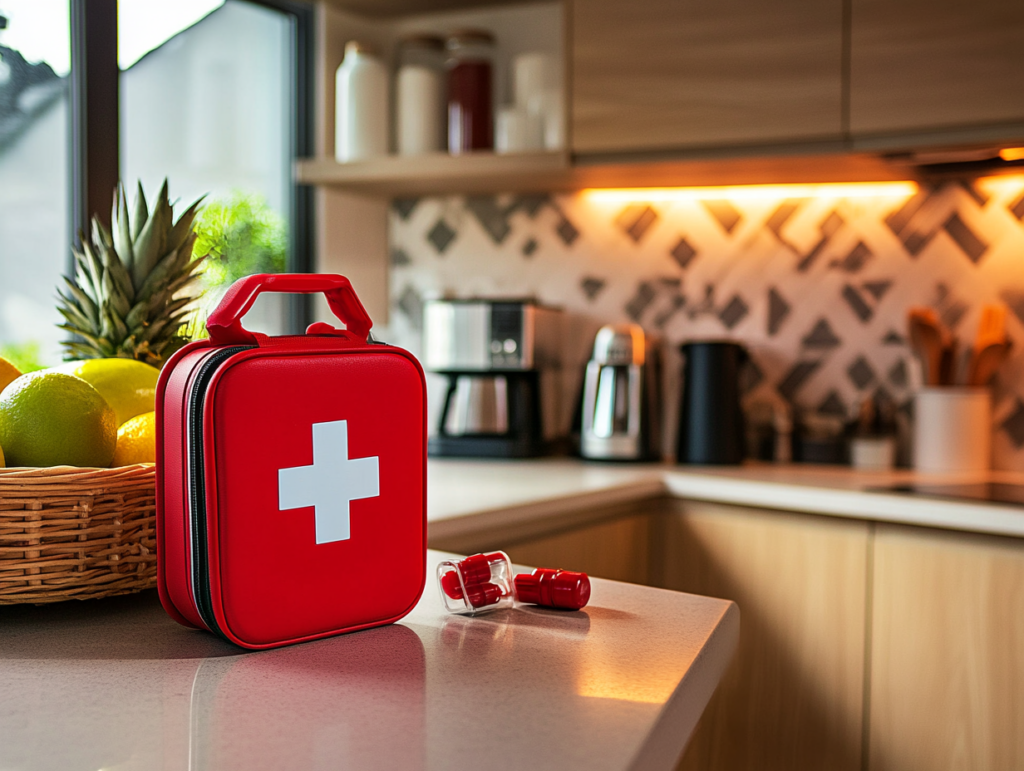The demand and sales strategies for first aid kits vary across different countries. This variation stems from multiple factors like geographical environment, social culture, economic development level, and medical systems. Let’s take a look at the situations in some major nations.
United States
Demand Traits
Natural Disasters Galore
The US frequently endures natural disasters such as hurricanes, earthquakes, and floods. Consequently, people have a significant need for first aid kits. In particular, comprehensive ones are in high demand as they can handle various disaster scenarios. These kits typically house large-capacity drinking water purification tablets, warm blankets, multifunctional hand-cranked flashlights, waterproof matches, and other supplies. They ensure survivors can meet basic survival requirements and await rescue in harsh conditions.
Outdoor Activities Thrive
Americans have a passion for outdoor pursuits like camping, hiking, and hunting. This leads to a robust demand for portable, feature-rich outdoor first aid kits. Besides common medical supplies like bandages, disinfectant solutions, and band-aids, these kits also include compasses, signal flares, lightweight folding knives, anti-mosquito bite ointments, etc. Such items prove invaluable for enthusiasts when dealing with injuries or getting lost in the wild.
Emergency Awareness Prevails
The government and society at large place great emphasis on emergency preparedness publicity and education. As a result, people generally possess a strong sense of emergency, and a large number of families keep first aid kits on hand. School education incorporates special emergency courses that teach students how to respond to crises and utilize first aid kits. This nurtures the habit of stocking kits from a young age.
Sales Approaches
Diverse Sales Avenues
First aid kits are available through multiple channels. Supermarkets, for instance, often set up dedicated shelves in the daily necessities section, displaying household and vehicle first aid kits. Outdoor goods stores focus on professional kits for outdoor adventures, and their staff, mostly outdoor enthusiasts, offer precise purchase advice based on customers’ plans. E-commerce platforms, with their convenient search and price comparison functions, draw in many young consumers.
Product Diversity
A wide array of first aid kit products exists to cater to different user groups and scenarios. Family kits concentrate on handling daily injuries and illnesses, equipped with antipyretics, cold medicines, iodine swabs, etc. Outdoor enthusiasts’ kits emphasize being lightweight, waterproof, and multifunctional to function well in tough outdoor settings. Vehicle kits consider potential accident injuries and contain items like tourniquets and cervical collars.
Government Collaboration
Brands cooperate with government emergency management departments by partaking in emergency material reserve projects. In disaster-prone areas, the government procures numerous first aid kits as community reserves. Reputable brands, their excellent quality and supply capabilities, secure bids. This not only lands them sizeable orders but also boosts their brand image during community promotion, earning public recognition and trust.
Germany
Demand Features
Safety Consciousness Runs High
Germans highly value safety. First aid kits are essential for families and enterprises alike, and they demand top-notch quality and reliability. When German housewives shop for daily necessities, they meticulously scrutinize first aid kits as if selecting food, paying heed to details such as the manufacturer’s reputation and product material composition. This ensures the kits perform when needed.
Industry and Transport Flourish
As a manufacturing powerhouse, Germany hosts numerous industrial enterprises. Hence, there’s a substantial demand for workplace first aid kits. Depending on the industrial environment, like machining workshops or chemical factories, kits must be outfitted with specific protective and treatment supplies. For example, anti-chemical burn flushing solutions, eye flushing equipment, and specialized industrial protective gloves are necessary. Additionally, with a well-developed transportation network, vehicle first aid kits are in steady demand, and car owners routinely check and update them for driving safety.
Sales Moves
Professional Channel Promotion
First aid kits are sold through professional channels. Medical supplies stores employ clerks with medical backgrounds who can elaborate on the efficacy, usage, and shelf life management of kit medicines. Industrial safety supplies stores, familiar with industrial safety norms, assist enterprises in customizing suitable first aid kit solutions.
Quality Certification Matters
Brands stress that their products meet strict quality certifications and standards, notably the EU’s CE certification. German consumers habitually look for such marks when purchasing. Certified kits enjoy greater market popularity, and sellers prominently display the logos on packaging and promotional materials.
Enterprise Partnership and Customization
Suppliers forge long-term bonds with enterprises, providing bespoke first aid kit solutions. For large manufacturers, they conduct in-depth workshop investigations and design kits with professional equipment and protective gear based on potential production risks. Regular follow-ups and optimizations occur in response to enterprise feedback.
Japan
Demand Elements
Earthquakes Are Frequent
Japan, situated in the Pacific Ring of Fire, suffers from frequent earthquakes. People urgently require earthquake first aid kits with special features. The outer packaging is typically made of high-strength, earthquake-resistant materials, and the internal items are securely fixed to prevent scattering during tremors. To prepare for potential long entrapments, the kits store high-calorie, long-storage food like compressed biscuits and energy bars, along with simple water purification devices to sustain basic physiological needs.
Aging Population Is Prominent
Japan has one of the world’s highest aging rates. The elderly have a considerable demand for daily first aid supplies, including medications for chronic diseases and rehabilitation aids. Elderly household first aid kits come equipped with blood pressure monitors, blood glucose meters, daily antihypertensive drugs, heart-saving pills, etc. Additionally, user-friendly auxiliary devices like tweezers with magnifying glasses and cordless call buttons are included to address common health emergencies.
Sales Strategies
Community and Government Push
The government and communities play active roles in promoting first aid kit ownership. In earthquake-prone regions, the government organizes group purchases, offering standardized earthquake kits at favorable prices and arranging professional training. Communities regularly conduct emergency drills to familiarize residents with kit usage and enhance self-rescue capabilities.
Product Innovation and Downsizing
Manufacturers focus on innovating first aid kits to make them smaller, more functional, and easier to store. New designs incorporate multi-layer folding and modular concepts, enabling efficient item classification and storage. Some kits are even integrated with household items, like pillows or cushions with first aid functions, blending seamlessly into daily life.
Medical Institution Collaboration
Local medical institutions and pharmacies team up with kit suppliers. Medical institutions host public first aid knowledge lectures, recommending suitable kits and demonstrating their use. Pharmacies leverage their expertise to offer personalized purchase suggestions, tailoring supplies to customers’ health and family profiles.
Australia
Demand Highlights
Vast and Varied Terrain
Australia’s expansive and diverse landscape presents numerous hazards like bushfires, floods, and snake bites. This drives the demand for targeted first aid kits. Bushwalking kits contain fire blankets, smoke flares, antivenom (requiring professional guidance), burn ointments, etc. Seaside surfing kits focus on items for drowning, sunburn, and jellyfish stings, such as seawater flushing bottles, after-sun repair gels, and vinegar packets for jellyfish sting treatment.
Outdoor Activities Abound
Australians’ love for outdoor activities like surfing, bushwalking, and off-road driving makes outdoor first aid kits a must-have. Given the distance from urban medical resources, they prefer fully functional kits with ample reserves to sustain them during long rescue waits. These kits usually have large capacities and rich material stocks.
Sales Tactics
Outdoor Goods Stores Dominate
Outdoor goods stores are the primary sales hubs for first aid kits. They display kits according to activity types, with simulated outdoor scenarios to showcase kit applications. The staff, often outdoor enthusiasts, share personal emergency experiences and advice, aiding customers in making informed purchases.
Sun and Pest Protection Emphasized
Product features spotlight sun protection and snake/insect bite prevention. Promotional materials detail sun protection indices, anti-pest ingredient functions, and post-bite treatment steps, helping consumers understand the benefits.
Tourism Agency Alliance
Kit suppliers partner with tourism companies and adventure clubs. Tour operators inform tourists of required kit specifications and may offer training courses, ensuring journey safety and expanding kit sales channels.


